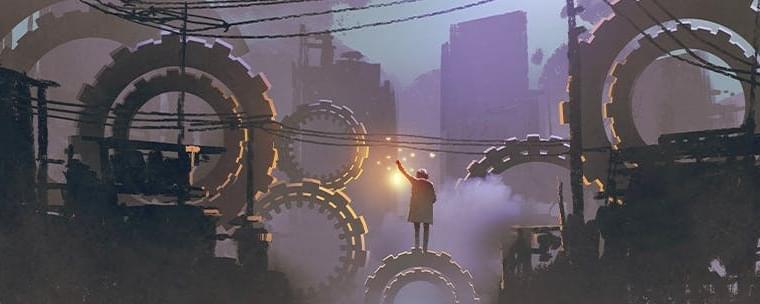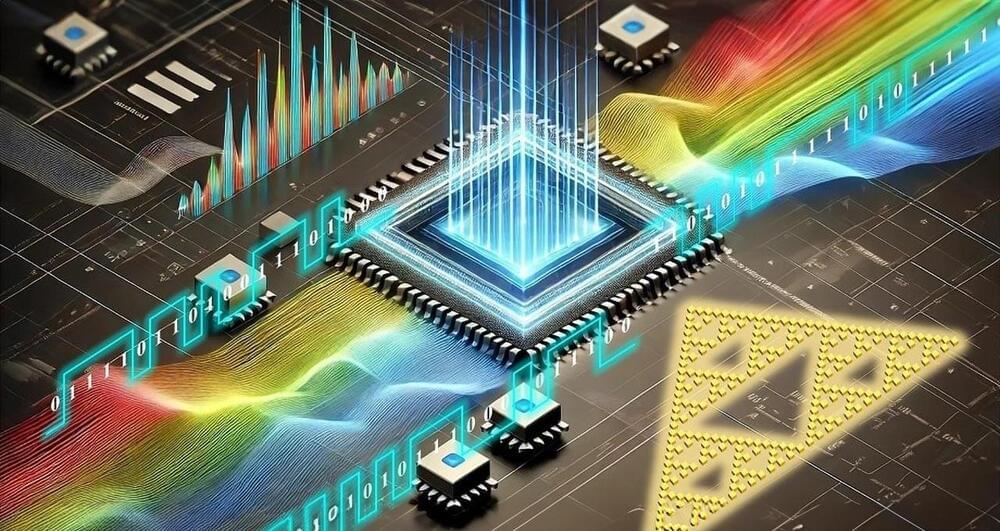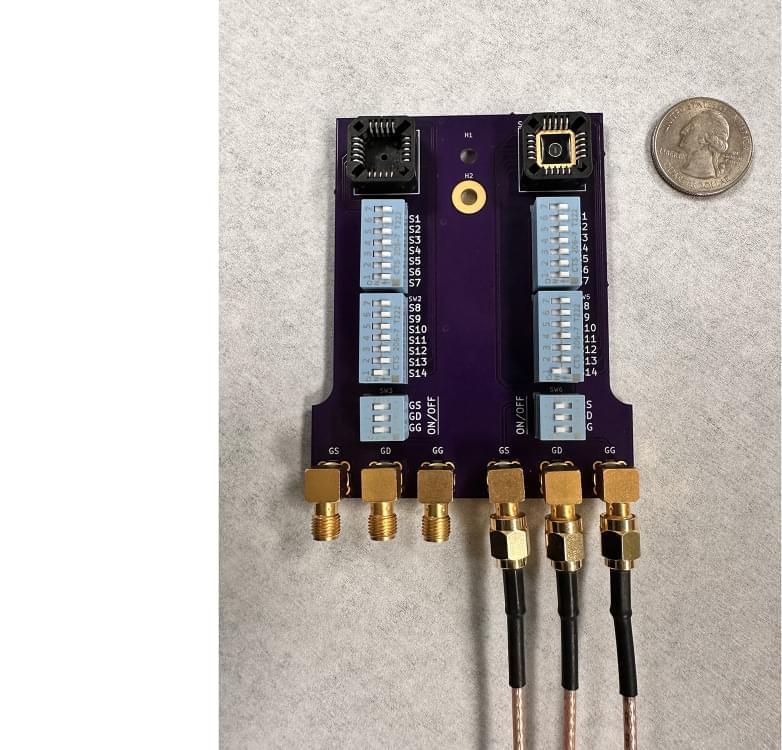UNIVERSITY PARK, Pa. — Microplastics have been steadily increasing in freshwater environments for decades and are directly tied to rising global plastic production since the 1950s, according to a new study by an interdisciplinary team of Penn State researchers. The findings provide insight into how microplastics move and spread in freshwater environments, which could be important for creating long-term solutions to reduce pollution, the researchers said.
The work is available online now and will be published in the December issue of Science of the Total Environment.
“Few studies examine how microplastics change over time,” said Nathaniel Warner, associate professor of civil and environmental engineering and the corresponding author on the paper. “Ours is one of the first to track microplastic levels in freshwater sediment from before the 1950s to today, showing that concentrations rise in line with plastic production.”









